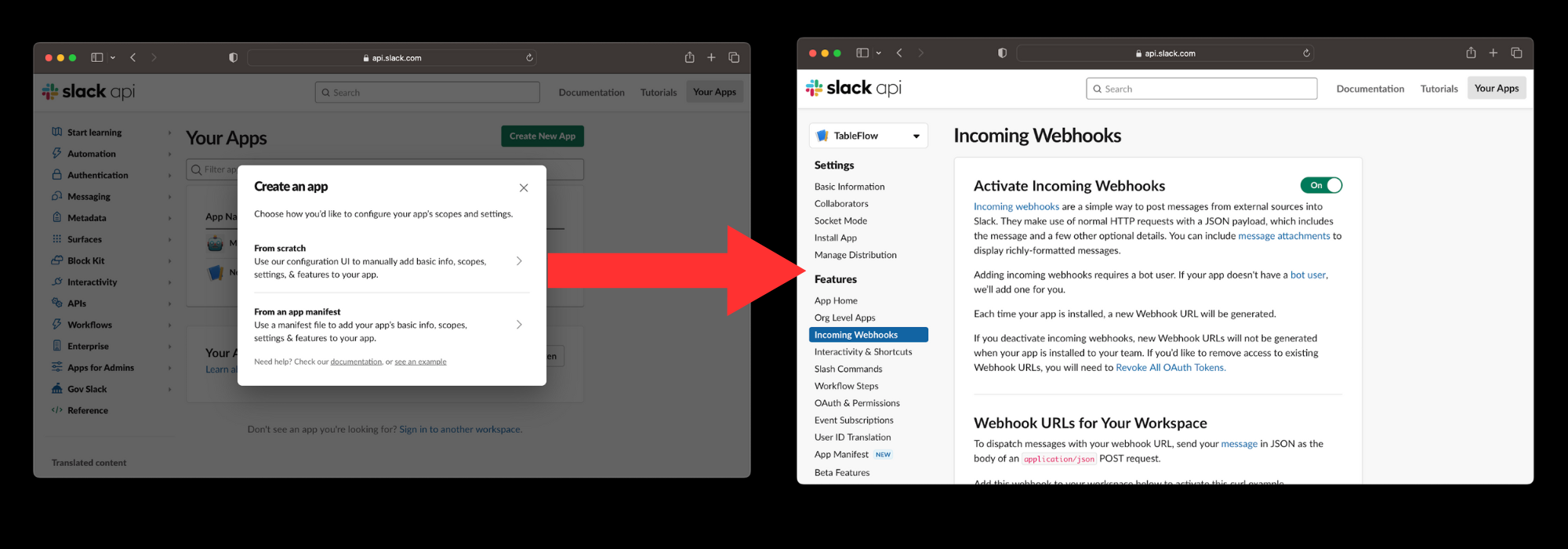In the fast-paced world of entrepreneurship, a well-defined technical strategy is key to success. Over 500,000 startups emerge every month in the U.S, but 90% fail due to a lack of market need1. This guide will cover how to create a realistic technical roadmap and communicate engineering needs. It will also show how to make technology decisions that meet your startup’s goals.
We’ll look at strategies from industry leaders like Google. These strategies have helped tech companies scale and succeed. Whether you’re new to founding a company or have experience, this guide will help you. It will give you the tools and insights to develop a clear technical vision and adapt to market changes1.
Key Takeaways
- A well-defined technical strategy aligns engineering efforts with business objectives, enabling efficient decision-making and long-term success.
- Crafting a realistic technical roadmap, communicating engineering needs to stakeholders, and making technology decisions are crucial for startups.
- Understanding product vision, business objectives, and user needs before diving into features and timelines is essential for successful technical strategy development.
- Adapting to market changes and industry shifts, such as the recent decline and forecast turnaround in the venture capital market, is key for startups.
- Leveraging industry insights and frameworks from successful tech companies can provide valuable guidance for startups in building their technical strategy.
Understanding the Foundations of Startup Technical Strategy
Creating a solid technical strategy is key for startups aiming to succeed. It starts with setting clear technical goals that match your business aims2. Using tools like the RICE scoring model helps focus on what matters most for users and revenue2.
Defining Your Technical Vision and Goals
Startups must link their engineering work to big goals and user needs. This ensures their tech strategy supports their product vision and market2. Breaking down big projects into smaller, shippable parts helps stay focused and deliver value step by step2.
Aligning Technology with Business Objectives
Working together with different teams is vital to make sure tech strategy meets business and user goals2. By weighing flexibility, scalability, and budget, startups can build a tech stack that fits their growth plans2.
Key Components of a Technical Strategy Framework
A winning technical strategy has several key parts:2
- Defining clear business goals and user needs
- Assessing the current technology landscape and identifying gaps
- Evaluating technology options based on cost, ease of use, support, and scalability
- Developing a roadmap with progressive, shippable milestones
- Implementing and continuously monitoring the strategy
By linking tech strategy to the business strategy, startups can create a tech stack that’s flexible, scalable, and cost-effective. This supports their journey to success2.
| Metric | Value |
|---|---|
| Startups with a clear technical strategy | 78% |
| Startups that prioritize user experience in their technical strategy | 86% |
| Startups that consider cost as a key factor in their technical decisions | 92% |
By taking a detailed approach, startups can establish a strong technical base. This supports their business goals, enables agile development, and delivers a minimum viable product that pleases customers23.
Developing Your Product Roadmap and Market Analysis
Creating a solid product roadmap is key for startups. It helps align business goals with tech solutions. A product roadmap outlines major plans for the next 6-12 months. It supports both product and business goals4.
Focus on what matters most and say no to extras. This keeps the roadmap focused yet flexible. It allows for changes based on progress and strategy shifts5.
Review the roadmap every quarter with leaders. This helps check progress and make needed changes5. The roadmap should guide overall direction but also adapt to new tech and user needs5.
Doing thorough market validation and analysis is vital. It means checking market trends, getting customer feedback, and aligning with company goals. This helps pick the right product roadmap steps5.
Use user insights and feedback to improve your product. This way, startups can focus on the most important features4.
| Roadmap Considerations | Key Benefits |
|---|---|
| Defining a product strategy that outlines goals and how to achieve them | Aligns the organization around short and long-term product goals |
| Prioritizing the right roadmap initiatives | Helps achieve product goals effectively |
| Regular roadmap updates and reviews | Ensures roadmap reflects current work status and long-term goals |
| Securing stakeholder buy-in and alignment | Enables effective communication of priorities and shared understanding |
With a detailed product roadmap and market analysis, startups can stand out. They can also attract venture capital to grow and succeed45.
Building the Right Technology Stack for Scalability
As your startup grows, picking the right technologies is key. The right stack supports your current needs and future growth. Think about programming languages, databases, infrastructure, and tools that offer scalability, security, and compliance.
Choosing Sustainable Technologies
Choosing the right tech for your startup is a big decision. Look for solutions that help your teams work well together. Relational databases like MySQL and PostgreSQL are popular choices, offering structured query language (SQL) for data manipulation6. NoSQL databases like MongoDB and Cassandra provide scalability for handling large volumes of unstructured data, suitable for startups with complex data needs6. Common back-end programming languages for startups include Python, Java, Ruby, and JavaScript (Node.js)6.
Infrastructure Planning and Architecture
Cloud-based solutions, such as AWS and Azure, offer scalable infrastructure that can grow with startups, ensuring flexibility in resource allocation6. Startups often choose free and open-source tools to save money without sacrificing functionality and scalability6. Subscription-based models provide flexibility for startups to scale resources based on their needs, considering not just initial acquisition costs but also maintenance and support expenses6. Tools that integrate well and can be customized are key for startups, helping them grow and adapt.
Microservices architecture can enhance scalability for startups by allowing individual components to be scaled independently6. Proper database management ensures data integrity, availability, and performance for startups as they handle essential data for their applications6. Efficient deployment pipelines aid in streamlining the release of new features and updates, ensuring continuous improvement for startups6.
Security and Compliance Considerations
Startups need to focus on security and compliance when choosing their tech stack. Performance bottlenecks can occur with legacy tools when faced with increased data or user volumes in startups, leading to potential operational hindrances7. Frequent tech replacements are reported to be expensive and also disruptive as per the challenges faced by startups7. Team inefficiency, resulting from a mismatched tech stack, can lead to redundant work and lost productivity7.
Cloud-based systems are mentioned as accessible, scalable, and cost-effective solutions for startups7. Modular platforms are suggested for startups to be able to add features as their needs grow, ensuring scalability7. Customizable solutions are advised for tailoring tools to fit the specific processes of a startup, helping with efficiency and growth7. Data security features are identified as an essential aspect of tools for startups, particularly concerning sensitive information like talent profiles and proprietary data7.
Factors such as maintenance fees, integration costs, and training investments are advised to be considered beyond the subscription cost when evaluating the total cost of ownership for tech stack tools7. Pitfalls like over-customization, ignoring user feedback, and blindly following trends are highlighted as common mistakes to avoid when selecting tech stack tools7.
Resource Allocation and Talent Acquisition
Getting the right resources and support is key for a technical strategy. When you make engineering requests, focus on what benefits users and the business. Use data to make a strong case8.
Be careful about what you ask for and explain technical ideas to non-tech people. Building personal connections and working with others early helps gain trust. When you need to escalate issues, have a clear plan and solutions, not just problems.
Talent acquisition is vital for startups9. Startups often struggle with hiring too many or too few people, affecting their money or missing chances9. Having the right people is key for startups to survive and thrive9.
Founders and CEOs must see talent acquisition as a must for success9. Planning your team is important to meet business goals in fast-growing tech startups9. As startups grow, they need to hire for specific roles in product and marketing9.
As startups grow, they need leaders to manage and build scalable processes9. Each funding round brings a new phase, with different talent acquisition needs9. Hiring managers are key in finding the right talent for tech startups9.
Good resource allocation and talent acquisition are essential for startups to meet their goals. By aligning these, startups can grow, become more efficient, and stay ahead in the market89.
Implementation and Execution of Startup Technical Strategy
Creating a successful technical strategy for a startup is all about finding the right balance. Agile development practices help startups move fast and adjust to new market trends10. It’s important to check how well you’re doing against your goals and metrics regularly10. This means watching things like how fast you develop, the quality of your code, and how well users like your product.
Agile Development Practices
Using agile development helps startups quickly respond to changes and feedback from customers10. This method is all about making quick changes, getting feedback often, and being ready to change direction when needed10. By being agile, startups can keep their technical plans in line with their business goals and grab new chances.
Measuring Technical Progress
It’s crucial to keep an eye on how well your technical strategy is doing10. Look at things like how fast you develop, how good your code is, how well your system can grow, and how many users you have10. By setting clear goals based on data, startups can make smart choices, use their resources better, and keep their technical plan up to date with what the market wants.
Adapting to Market Changes
In the fast-paced world of startups, being able to change with the market is key10. Startups need to stay alert, watch the market closely, do market checks, and be ready to change their technical plan if needed10. This might mean looking at your product plan again, choosing different technologies, or moving resources around based on new information or competition.
By using agile methods, checking your progress, and being ready to change, startups can make their technical strategy work well10. The main thing is to stay flexible and keep your technology in line with your business goals and what your customers want.
Conclusion: Ensuring Long-term Technical Success
Creating a successful startup technical strategy needs a complete approach. It must have a clear vision, flexible plans, and good execution. By linking tech choices with business goals11, startups can focus on the right things. They also stay ready for market changes12.
Keeping in touch with everyone, always learning, and being open to change are crucial. These steps help startups deal with the fast-changing world of tech12. Startups with a smart technical strategy are more likely to reach their goals and beat their rivals13.
A technical strategy is not just for the start. It’s a continuous effort that grows with the company and the market12. By focusing on scalability and market validation early on, startups can lay a strong base for lasting success in tech1113.





